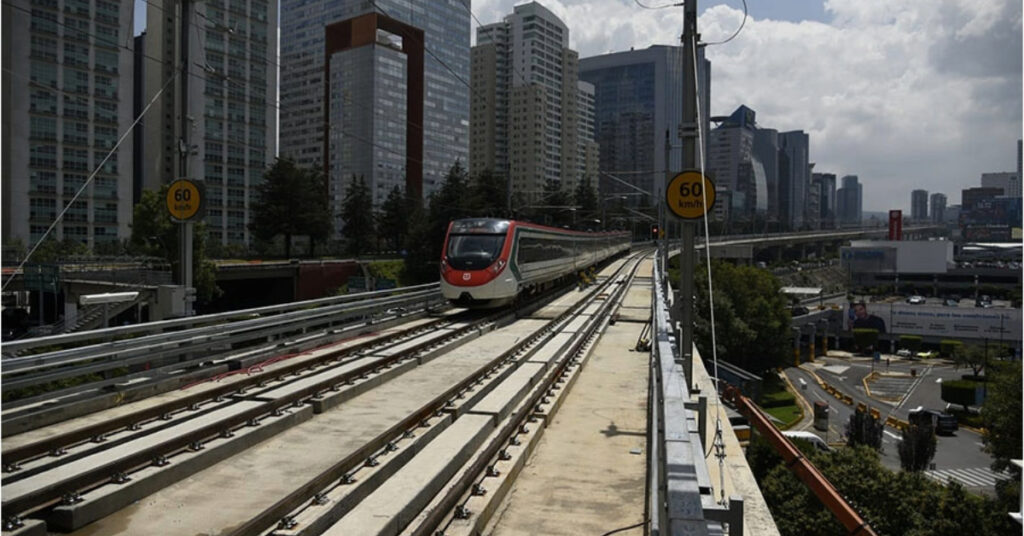The Ministry of Infrastructure, Communications, and Transportation (SICT) has inaugurated the second stage of the Mexico-Toluca Interurban Train, known as “El Insurgente,” marking a significant milestone in Mexico’s infrastructure development. This project, backed by a substantial investment of 100 billion pesos, is set to benefit over 5 million users, enhancing connectivity between Mexico City and the State of Mexico—two of the country’s most critical regions.
During the inauguration ceremony, SICT Undersecretary for Infrastructure, Jesús Felipe Verdugo López, emphasized the transformative impact of the project. “El Insurgente is a testament to our commitment to efficient mobility and progress in this region,” he stated. The new connection is poised to drastically reduce travel times, cutting journeys that previously took hours down to just 40 minutes, thereby significantly improving the quality of life for commuters.
The Mexico-Toluca Interurban Train spans 58 kilometers of double electrified track, featuring seven strategically located stations—four in the State of Mexico and three in Mexico City. The fleet, consisting of 20 high-capacity electric trains, each capable of accommodating 718 passengers, is designed to transport up to 235,000 passengers daily. This modern transport system not only reduces pollution but also enhances safety and comfort for travelers.
Since the commencement of its construction, the project has generated 17,000 direct jobs and an additional 30,000 indirect jobs, delivering a positive economic impact to local communities. The first stage of “El Insurgente,” inaugurated on September 15, 2023, has already proven its worth, transporting over 3 million passengers within its first year. This initial phase covered a 20-kilometer route connecting Zinacantepec, Toluca, Metepec, and Lerma in the State of Mexico.
With the second stage now operational, an additional 29 kilometers have been added to the route, allowing passengers to traverse the new section in just 20 minutes at speeds of up to 80 km/h. This extension represents a crucial step in further strengthening the connectivity between the State of Mexico and Mexico City.
Undersecretary Verdugo López also highlighted the technical complexities involved in the project. Notable infrastructure achievements include the construction of a metal arch viaduct, a five-kilometer double tunnel, and a curved cable-stayed bridge, which allows the train to cross the Santa Fe spring—an engineering feat demonstrating the project’s advanced design and execution.
Looking forward, work is already underway on the third phase of the project, which aims to extend the train service to the Observatorio station. This phase will include the construction of the Vasco de Quiroga station, intended to serve key areas such as Santa Fe and the University of Health. The integration of this phase with the Cablebús transport system further underscores the government’s commitment to creating a comprehensive and efficient public transport network.
